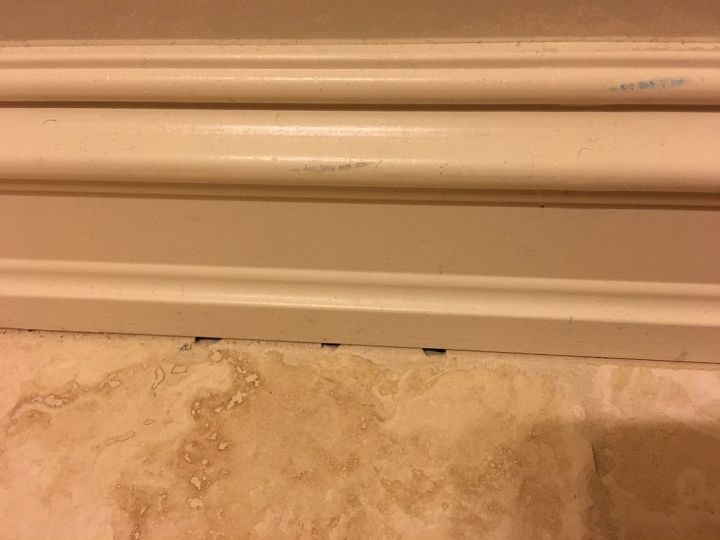How to transition from galvanized pipe to copper?
ho do you transition from galvanized to copper using a brass body valve.... didn't want to us dielectric usionbecause it will be behind a access plate in the second floor bathroom....
Related Discussions
How to get rid of mice?
We seem to have some unwelcome Mickeys and Minnies in our house. What is the best way to get rid of them?
How to remove popcorn ceiling with asbestos?
I want to remove my popcorn ceiling, but it has asbestos in it. How do I go about this safely?
How to caulk baseboard gaps?
How do I fill gaps at baseboard, should I caulk? If so, does anyone know how to caulk baseboards?
How to fix squeaky hardwood floors?
How do I fix squeaky hardwood floors?
I have ruined my copper sink! Please help!
I'm hoping to save my copper sink, but I am afraid I have totally ruined it. I need some suggestions on how to save it! What can I spray it with, or where can I fin... See more
Black stuff in home water supply.
This black oily or paraffin type stuff sometimes comes through my hot water line in the second story. Have talked to the water company. They say it isn't them or th... See more






You really should use a dielectric union. The corrosion will build up quickly especially with the zinc coating on the galvanized pipe. If don't want to use the dielectric....screw the valve on the galvanized pipe. Then you will need a male thread to copper slip adapter to screw in the other end of the valve. Then solder in your copper pipe.
https://www.homedepot.com/p/Everbilt-3-4-in-Copper-Pressure-C-x-MPT-Male-Adapter-C604HD34/204620347
S
I had my galvanized pipes changed to Pex Pipes best thing I ever did. Now I do not have to worry about freezing pipes.
COPPER PIPE TO THREADED STEEL PIPE
If you’ve browsed through the plumbing section at the home center, you no doubt noticed that there are threaded copper pipe fittings that you can solder right onto the end of the pipe, and they will screw directly onto older threaded galvanized water lines. So what’s the problem?
The problem is that the zinc used for galvanizing the threaded water pipes doesn’t get along very well with the copper. If you make a direct connection, these two materials will interact in a chemical reaction that will corrode the joint and eventually cause it to start leaking.
To safely connect copper and galvanized steel, you have two options. Since brass doesn’t react with either the copper or the zinc, one method is to make sure you have a threaded female end on both the copper and the steel pipes, and then connect the two by simply inserting a short threaded brass nipple between them.The second method is to use a special transition fitting called a dielectric union. The dielectric union has a threaded steel female fitting on one end, which is threaded onto the steel pipe. The other end has a female copper slip (non-threaded) fitting, which is soldered onto the copper pipe. The two halves of the joint are then connected using a lock nut and two insulating washers that prevent the copper half from contacting the steel half. The fittings cost under $10, and not only is the transition easier to accomplish, but it also leaves you with a joint in the line that can be disassembled later if you need to perform other work on the lines.